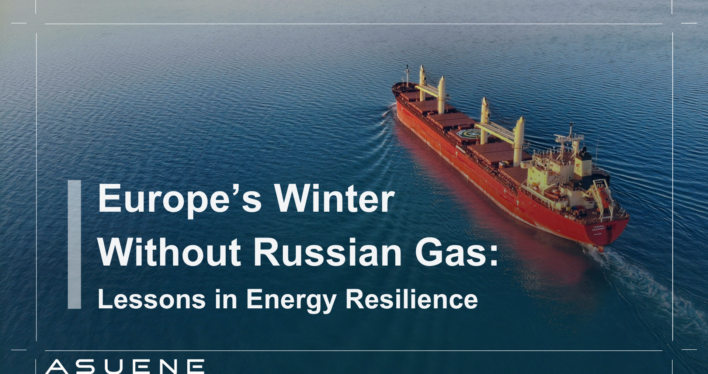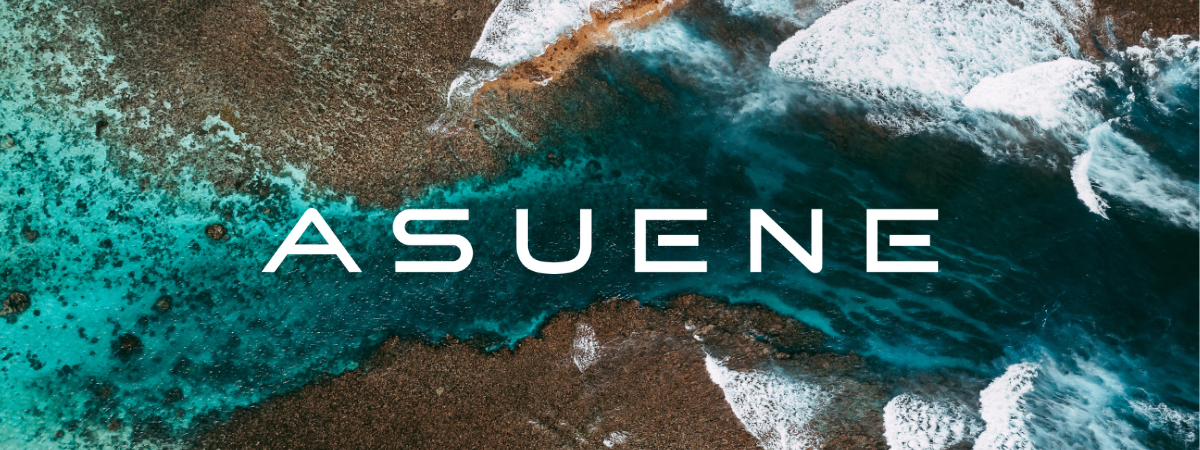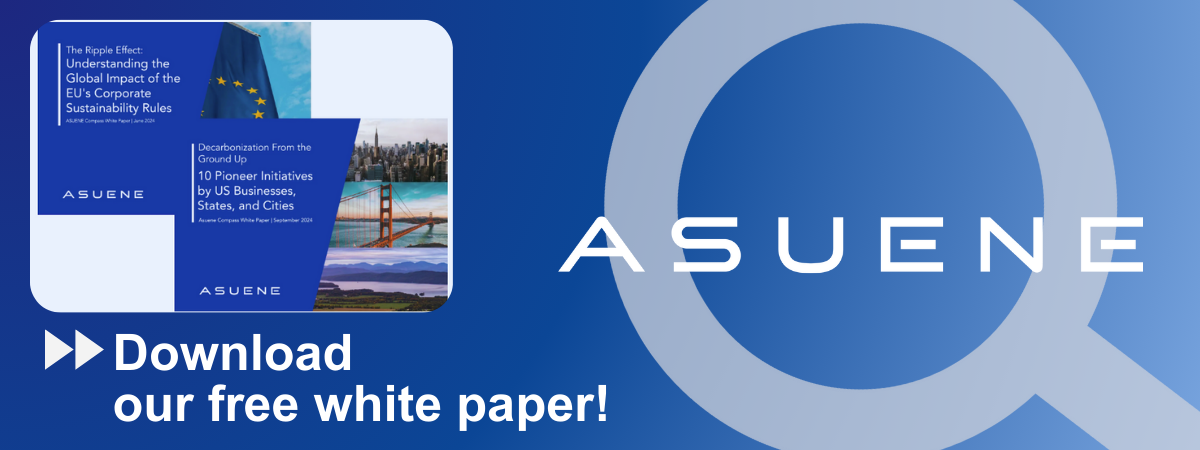- Article Summary
-
Introduction: From Dependence to Determination
Before 2022, nearly 40% of Europe’s natural gas came from Russia. When war erupted in Ukraine, that dependency became a liability. Governments, utilities, and industries were forced to confront the limits of energy security and act quickly. The winter of 2022 to 2023 became the first true test of Europe’s resilience in the face of energy disruption.
Europe’s collective response was rapid and decisive. From emergency conservation campaigns to new LNG terminals and accelerated renewable deployment, the continent managed to keep homes heated and industries running. This winter without Russian gas proved that energy resilience is not only possible but achievable through coordinated action and strategic investment.
Rebuilding the Energy Mix: Diversification at Speed
One of the most immediate actions Europe took was to diversify its gas supply. Before the crisis, the majority of imported natural gas flowed through pipelines from Russia. By 2024, the energy map had transformed.
LNG Expansion
Germany constructed its first LNG terminals in record time. The Netherlands, Poland, and Finland expanded capacity to receive imports from the United States, Qatar, and Norway. Floating storage regasification units (FSRUs) became a temporary but vital bridge to stabilize supply.
Infrastructure Integration
Cross-border interconnectors were strengthened to distribute gas and electricity more efficiently. The Baltic Pipe linked Poland with Norwegian fields, while the planned Spain–France hydrogen corridor became a symbol of future-ready infrastructure.
Renewables Surge
Between 2021 and 2024, Europe increased wind and solar installations by more than 40%. Governments directed significant investments toward renewables under REPowerEU, replacing fossil energy with cleaner, domestically generated power.
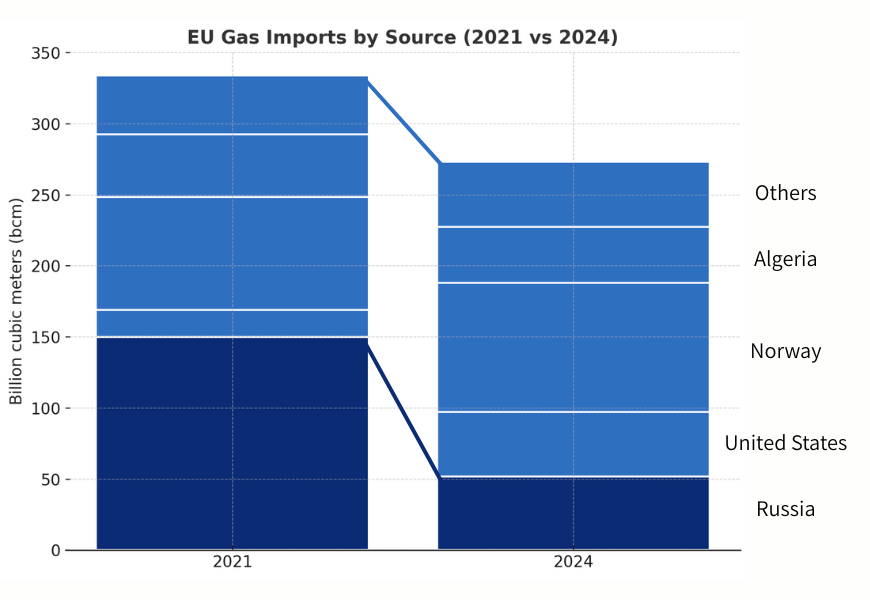
The Efficiency Revolution: Cutting Demand, Not Comfort
Efficiency became Europe’s silent powerhouse. Instead of increasing imports, policymakers and citizens focused on using less.
Policy Interventions
REPowerEU launched national campaigns promoting energy conservation. Countries imposed heating limits, reduced public lighting, and encouraged behavioral shifts. Industrial users participated in demand response programs, helping stabilize the grid.
Technology Shifts
Heat pumps replaced gas boilers at record rates. Smart meters, district heating upgrades, and building retrofits became widespread. France’s 19°C heating rule, Italy’s ecobonus for retrofits, and Finland’s data-driven grid balancing exemplified targeted national responses.
Impact
In 2023, EU natural gas demand fell by 13% while GDP growth remained stable. This demonstrated that energy savings and economic performance can coexist, reinforcing efficiency as the most cost-effective form of resilience.
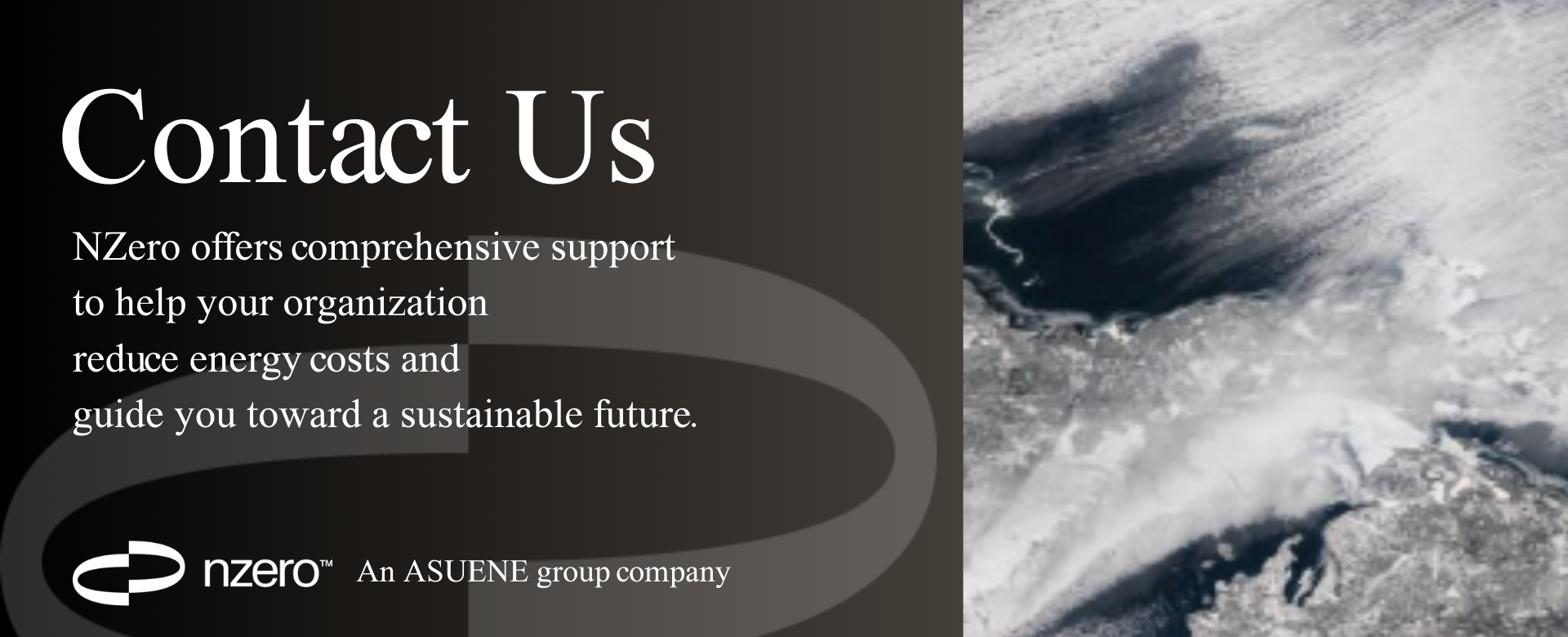
Industry and Corporate Resilience: Adapting to a New Reality
For Europe’s industrial sector, the loss of Russian gas was a wake-up call. Energy-intensive manufacturers had to adapt their operations quickly.
Energy-Intensive Industries
Sectors such as chemicals, steel, and glass faced sharp price shocks. BASF curtailed ammonia production, while steelmakers accelerated their transition to hydrogen-based processes. These shifts reflected both necessity and opportunity for innovation.
Corporate Strategy
Businesses invested in on-site renewables, long-term power purchase agreements (PPAs), and energy management systems (EMS). Digital tools provided real-time insights, helping companies optimize energy use and forecast costs more accurately.
Innovation in Procurement
Corporate procurement evolved into a resilience strategy. Diversifying energy sources and securing renewable supply contracts became standard practice. The crisis strengthened the link between energy strategy and ESG performance.
Top 5 Corporate Resilience Levers
| Strategy | Description |
|---|---|
| Energy efficiency | Retrofitting and process optimization |
| On-site renewables | Solar and wind integration |
| Fuel switching | Biomethane and hydrogen alternatives |
| Digital energy monitoring | AI-based EMS for real-time data |
| Renewable PPAs | Long-term green power sourcing |
Conclusion: The Blueprint for Future Resilience
Europe’s first winter without Russian gas redefined what is possible in energy transition. In less than two years, the continent demonstrated that diversification, efficiency, and collaboration can deliver security without reversing climate progress.
The key lessons are clear. Build diverse supply routes, prioritize efficiency, digitize energy monitoring, and foster regional coordination. Temporary solutions like LNG must remain transitional, while the long-term goal of full decarbonization continues.
Europe’s experience stands as a model for other regions. Resilience is no longer about storage and supply alone, but about adaptability, innovation, and shared commitment to sustainability.
Why Work with ASUENE Inc.?
ASUENE is a key player in carbon accounting, offering a comprehensive platform that measures, reduces, and reports emissions. The company serves over 10,000 clients worldwide with an all-in-one solution that integrates GHG accounting, ESG supply chain management, a Carbon Credit exchange platform, and third-party verification.
Through its energy management system NZero, ASUENE provides SMEs with the practical tools to make the most of EU funding for energy efficiency. NZero combines advanced technology, consulting services, and an extensive partner network to help companies achieve their net-zero goals. By choosing ASUENE, SMEs gain not only access to reliable carbon accounting but also a powerful EMS platform designed to unlock energy savings and long-term sustainability success.
